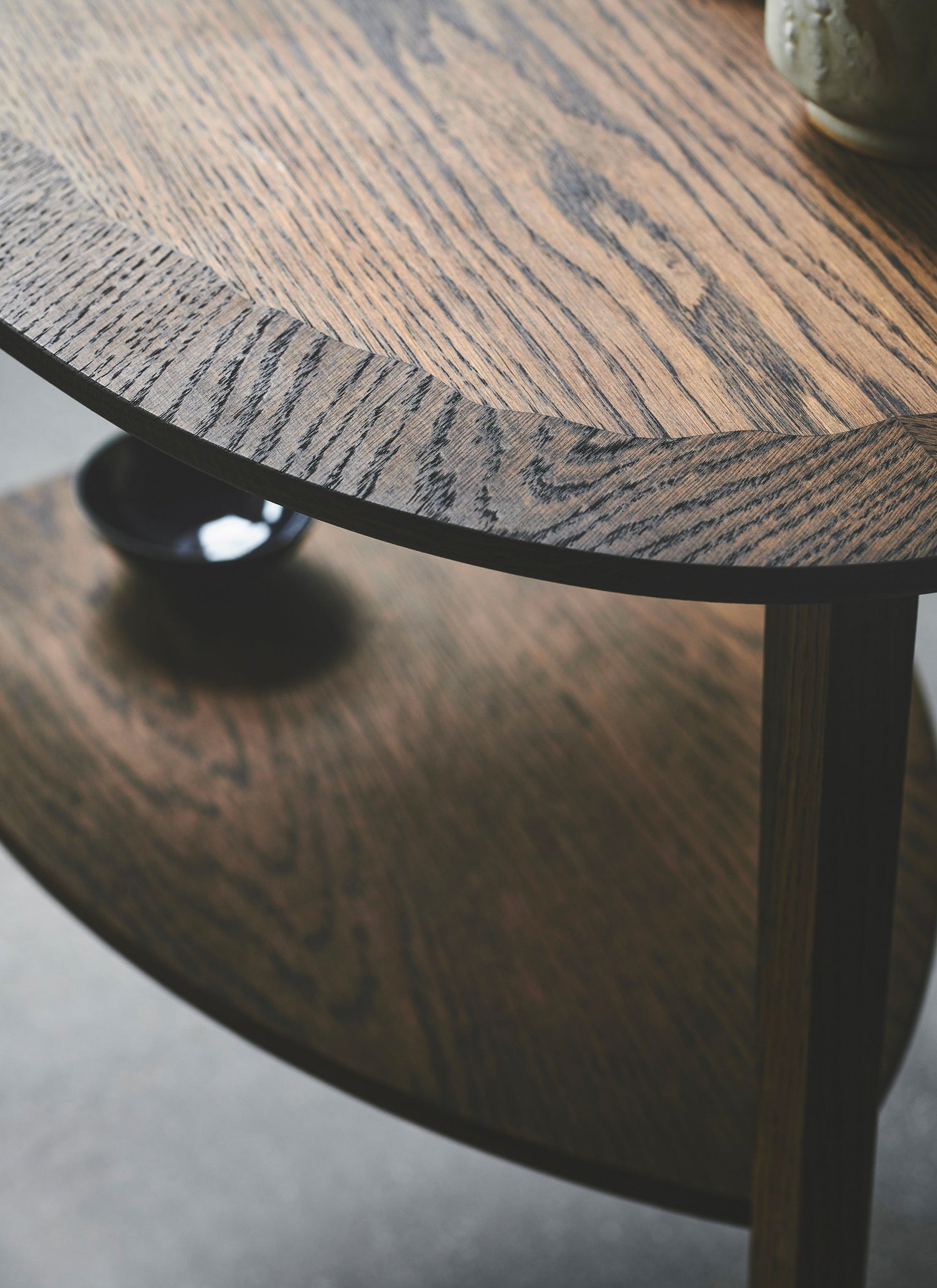
What is Intarsia?
An ancient craft technique
Intarsia is a decorative woodworking technique in which small pieces of different types of wood are inlaid into a surface to create intricate mosaic-like patterns. While most commonly associated with wood, intarsia can also be found in materials such as marble, mother-of-pearl, and metal.
The intarsia technique reached its height of popularity during the Renaissance, particularly in the 16th and 17th centuries, when it was frequently used in wall paneling and furniture design. At that time, decoration became a central focus, elevating furniture beyond mere function.
Despite its historical prestige and status as a symbol of craftsmanship, intarsia is rarely seen in modern furniture design. Today, only a few artisans master this ancient and complex technique.
In 1946, Jørgen Aakjær Jørgensen traveled to Sweden, where he specialized in the art of intarsia. Influenced by the modern Danish design tradition—known for its simplicity and functional beauty—Jørgen adapted the elaborate Renaissance technique into a more understated and refined expression.
One of his most beloved designs, the Heart Table, remains a testament to his craftsmanship. The table is composed of five carefully carved veneer pieces assembled like a puzzle. Pay close attention to the wood grain in the four outer pieces that frame the central one: the direction of the grain flows seamlessly from piece to piece - an intentional detail that demands exceptional precision and skill.
